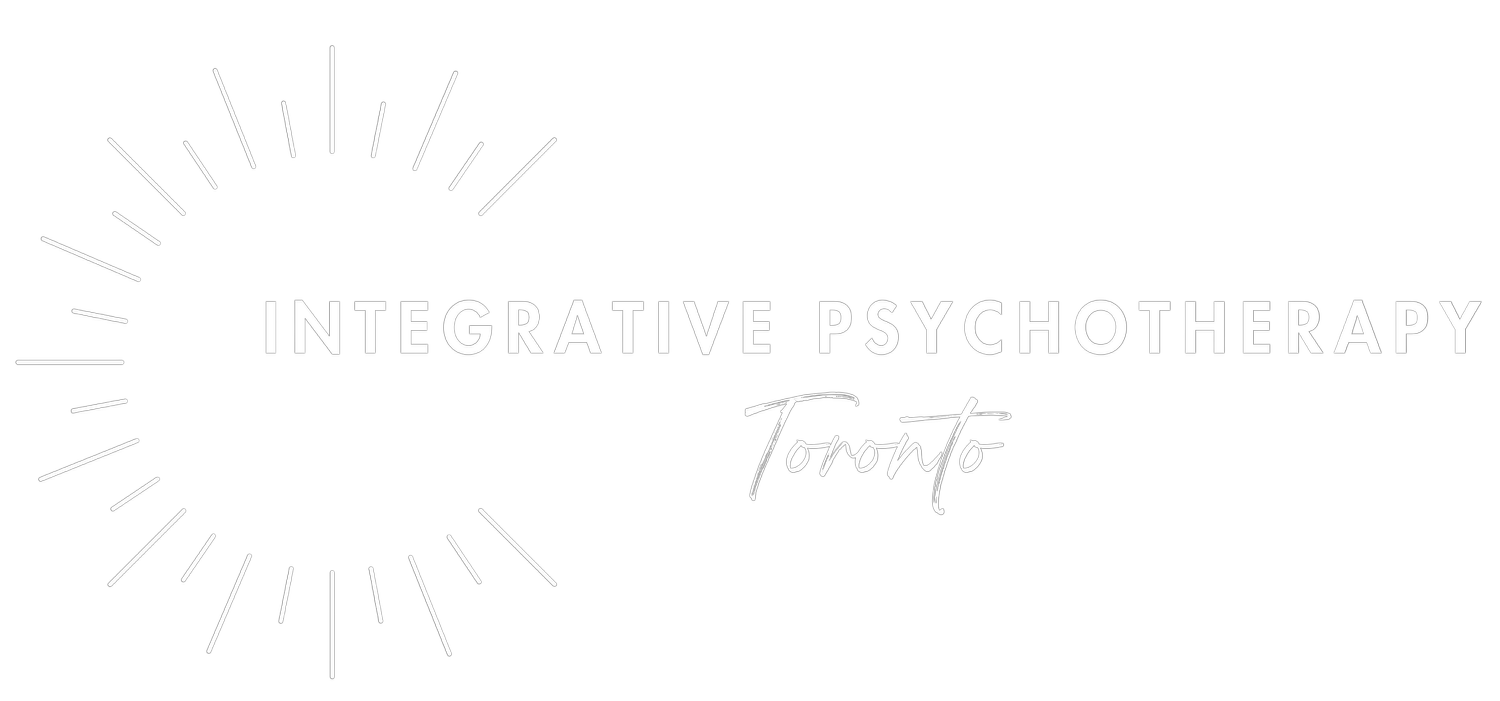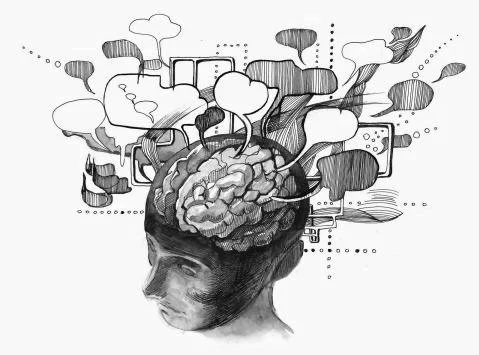A New Approach to Healing Trauma
Imagine your brain as a well-tuned orchestra, where each instrument (or neural pathway) plays its part to create harmony. But when trauma strikes, it’s as if some instruments fall silent while others blare out of tune, creating discord.
Deep Brain Reorienting (DBR) is a therapeutic approach that aims to help the brain regain harmony by reaching deep into the roots of trauma stored in our neural circuitry. This post explores how DBR works, what sets it apart from other therapies, and how it helps people process and release difficult memories.
What Is Deep Brain Reorienting?
Deep Brain Reorienting is a unique trauma therapy designed to address shock and emotional pain stored deep within the brain’s structures, where primal responses like fear and survival are housed. Unlike talk therapy or cognitive approaches, DBR targets the brain’s “reptilian” layers to help process trauma that standard therapies might overlook. This technique is especially effective for those experiencing PTSD, depression, anxiety, or just feeling stuck despite trying other therapeutic methods.
How Deep Brain Reorienting Works
Why Trauma Sticks: The Role of Shock in Stuck Patterns
At the core of trauma lies a “shock response,” which disrupts normal processing and often leaves memories fragmented and buried. Think of it as a “glitch” that prevents the brain from filing these memories away correctly. These disturbances can result in “stuck” emotional patterns—whether it’s feeling trapped, perpetually anxious, or unable to find peace. DBR works on releasing the intense, visceral memory held in the body and the brain’s deep structures, helping clients move beyond these frozen states.
The Core Principles of Deep Brain Reorienting
Deep Brain Reorienting involves three foundational principles:
Depth of Targeting: DBR goes beyond surface-level thoughts, aiming to reach the core brain areas where traumatic memories lodge and influence behavior.
Engagement with Body Memory: By focusing on sensations in the body, DBR taps into stored memories that the brain may not consciously access, making it a somatic therapy that complements methods like Internal Family Systems (IFS) or EMDR.
Re-orienting the Neural Pathways: DBR gently retrains the brain to process and release trauma through a natural re-orientation of deep brain pathways, much like slowly tuning a dissonant instrument back to harmony.
The Neuroscience of Deep Brain Reorienting
DBR leverages recent neuroscience insights into trauma and the brain’s structure, particularly the brainstem and limbic system. Trauma can hijack these regions, activating fight, flight, or freeze responses even in non-threatening situations. DBR helps recalibrate these areas by targeting the deep parts of the brain, especially those responsible for emotional processing and survival instincts. Through this recalibration, clients learn to feel safer within their bodies, reducing anxiety and cultivating a sense of calm.
A Window into Your Nervous System
Deep Brain Reorienting expands what therapists call the Window of Tolerance—the mental space where individuals feel safe and grounded. Trauma can shrink this window, making even minor stressors overwhelming. By slowly introducing new ways to process trauma, DBR helps widen this window, enabling clients to feel more in control and capable of facing life’s challenges without overwhelming distress.
How DBR Helps Process and Release Trauma
DBR works to help clients not just cope with trauma but genuinely release it from their minds and bodies. Here’s how the process unfolds:
Connecting with Body Sensations: DBR starts by identifying sensations in the body associated with traumatic memories. This may involve recalling a physical feeling of fear or tension, which allows the brain to “map” where trauma is stored.
Engaging in Controlled Re-experiencing: By safely revisiting these body memories in a controlled therapeutic space, clients can begin to make sense of fragmented memories, helping the brain integrate and “digest” these experiences.
Reorientation and Release: During reorientation, the brain starts releasing the “shock response” by reprocessing the traumatic memory within a supportive setting. Like gradually loosening a tightly held muscle, this step allows for the natural release of stored fear and pain, leaving clients with a sense of relief and closure.
Why Deep Brain Reorienting Stands Out
Where therapies like EMDR and breathwork focus on processing specific symptoms or memories, DBR targets the source of traumatic responses deeply embedded in the brain’s primal circuits. This process acknowledges that trauma isn’t just a memory—it’s a felt experience in the body. Many clients find that DBR’s deep approach allows for a profound shift, helping alleviate symptoms that previously seemed unmanageable.
Unlock Healing with Deep Brain Reorienting
Deep Brain Reorienting offers a gentle yet profound way to rewire the brain’s trauma responses, providing hope for those who feel stuck in cycles of depression, PTSD, or anxiety. By addressing trauma at its deepest roots, DBR empowers clients to reconnect with themselves and face the world with renewed strength and resilience.
If you’re ready to explore this path to healing, reach out to a trained DBR therapist who can help guide you through the process and take the first step toward feeling truly free.
Looking for More?
If you’re interested in learning more about Mind-Body Therapy, we have lots of information to geek out on! You might enjoy:






